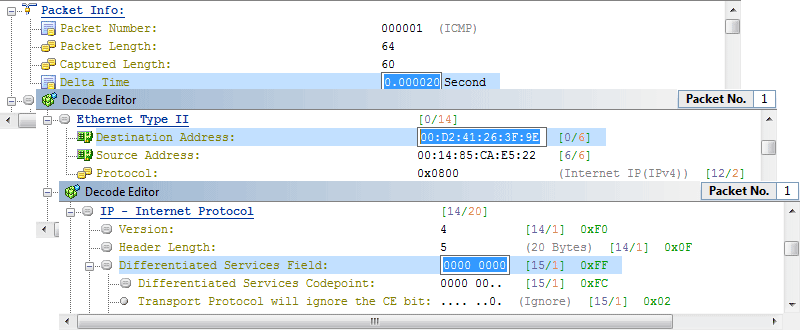

Accordingly, the measurement of the magnetic field from a set of tablets is carried out. In this chapter, we study the problem of detecting ranges of extremely low frequency magnetic field emitted by the tablet computers. The results show that NBF and NBF-E significantly advance the state-of-the-art on multi-set membership testing. To evaluate NBF and NBF-E in comparison with prior art, we conducted experiments using real-world network traces. Especially, NBF-E incorporates asymmetric error-correcting coding technique into NBF to enhance the resilience of query results to noise by revealing and leveraging the asymmetric error nature of query results.

The key novelty of NBF and NBF-E is to store set ID information in a compact but noisy way that allows fast recording and querying, and use denoising method for querying. For theoretical analysis, we optimize their classification failure rate and false positive rate, and present criteria for selection between NBF and NBF-E. To address this issue, in this paper we propose Noisy Bloom Filter (NBF) and Error Corrected Noisy Bloom Filter (NBF-E) for multi-set membership testing. Most existing schemes for multi-set membership testing are built upon Bloom filter, and fall short in either storage space cost or query speed. Multi-set membership testing is a fundamental operation for computing systems and networking applications. This paper is on designing a compact data structure for multi-set membership testing allowing fast set querying.


 0 kommentar(er)
0 kommentar(er)
